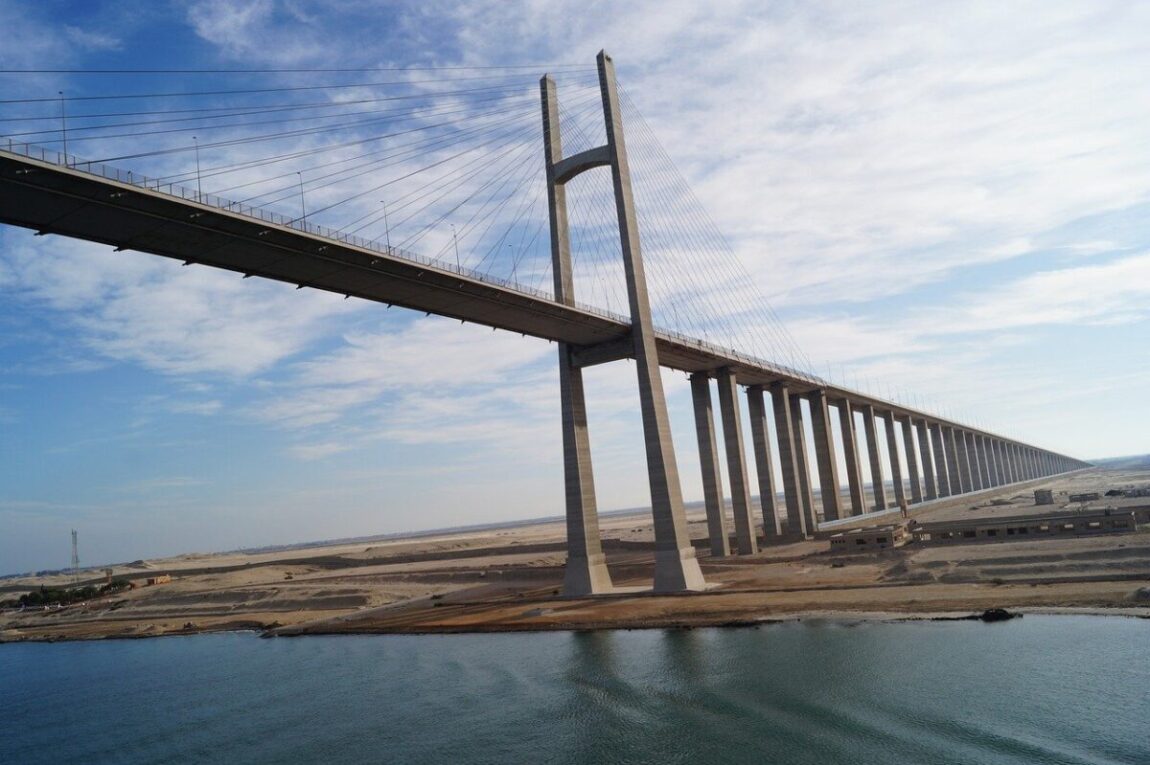In our time abundant in all things digital, replete with media and social networks, everybody knows virtually everything about almost anything. The news spreads in split seconds, as does the response to all news and events. When the Spanish flu ravaged the world in early 20th century, it did no less damage than the coronavirus pandemic. However, its economic effect was far less spectacular because there were no means of communication that we have today. Nowadays, the news rules the world, shapes the politics, drives – or pushes back – the economy.
And makes money. Whether we like it or not, we discuss Greta Thunberg, the US elections, bitcoin billionaires, the new Tesla car, Prince Harry’s interview, and the tanker around in the Suez Canal. The crucial thing about it, all this is no longer mere background information, it became our daily agenda. We discuss this news at home and at work, we read comments and post comments. And somebody somewhere is earning points over that. How about we start earning money, too?
Divided by the method, all traders fall into three groups: technical traders, fundamental traders, and traders of the mixed type. The first group advocates technical analysis for trading, to which end they need history of trades, archives, signals, indicators, and a working mathematical model. Fundamental traders work with news, events, releases of key economic data – and that very background information that may yield gold nuggets when sifted out of the digging sand. The mixed model is a combination of technical and fundamental analysis. In other words, a ‘mixed’ trader not only predicts consequences of certain events, but relies on voluminous historical data of past periods as well.
But let us leave the technical traders for later, just as the mixed ones. At this point, we will delve into news trading that, essentially, qualifies as mixing business with pleasure. Let’s say you already know about the traffic jam in the Suez Canal and you are bound to discuss it with your colleagues at work, in a chatroom or an industry-focused forum. So why not “sift” this whole bulk of basic and auxiliary information to see how the event and its development affects the related trading instruments, such as crude oil quotes, the rate of the US dollar, and the outlook of commodity currencies?
The world-wide traffic jam in the Suez Canal should prompt you not to abandon deliveries from an online store that ships via the Suez, but to make money! The money to be made in financial markets. Some might make more, some less – but make money you can.
Of course, just being aware of certain news is not enough to make money. You also need to understand exactly what will be set in motion on the market by this or that news. However – unlike the technical analysis – news trading and fundamental analysis are purely non-science and as such are easily comprehensible, logical and even exciting. Developing analytical thinking in assessment of certain news as applied to its influence on the markets is not only brain exercise. It also upgrades your expertise, outlook and understanding of many present-day developments.
But we digress, so back to the case at hand. The Suez Canal, along with the Panama Canal, is a major maritime thoroughfare that allows cargoes to flow between the seas without having to circumnavigate continents. In the morning, you read in your favorite media outlet that a Japanese tanker went aground in the Suez. In just a few hours, hundreds of vessels are stuck there, most of them oil tankers carrying the crude from the Middle East to Europe. Already at this point you can surmise that crude quotes are bound to be affected by the volatility of the Suez situation.
So there’s your start – the crude can and should be used to make a profit. Next, your own experience or the information available on the Internet shows that oil traders use any negative news as means to inflate oil quotes. So we know that the Suez tangle means oil prices are going up. Thus we open a buy trade and wait for the crude to grow on speculations, to close higher than we opened and reap the profit. But this is just a beginning. Whenever some of the growth or slide is speculative, the pullback is imminent, so it can and should be profited from. And it gets better yet.
If oil is involved, as in our case, this affects commodity currencies (such as the Russian rouble) that respond quickly to the crude’s changes. If oil goes up, so does the rouble, and vice versa. This is where money should be made, too. There are scores of commodity currencies available on Forex, all of them very dependent on news and events related to commodities. If this does not seem to be enough, the jam in the Suez Canal can give you more, like its influence on the world’s basic currencies. For example, any global trade or supply problem inevitably cools the world’s economy, which makes the capital market more accessible and the basic currencies cheaper. In other words, a stranded tanker that choked the Suez Canal gave every trader at least four opportunities to profit. However, just a few traders went for it. Why was that?
First of all, you need to work with a broker that does not delay trading operations and has cutting-edge technology to enable quick transactions. Secondly, you need to work with a broker that takes the time to let its clients know how to earn. The right kind of broker provides extensive information support to its clients, including analytics and forecasts. And, finally, a trader needs to recognize the right time to close a trade, be that speculative growth of the crude, its pullback, impact on commodity currencies or the rate of the dollar paired with any other basic currency.
To that end, the trader needs to have current daily analytical support from both the broker’s news team that releases news updates and in-house analysts who respond to the news or event in their trading and share their invaluable experience with the clients, there and then. All this can be at your fingertips with InstaForex, one of the global leaders in retail Forex trading. For 15 years, InstaForex has been providing tens of millions of its clients with both information and analytics. Welcome to the world where a flutter of a butterfly can alter financial markets, making some a little richer, and some fabulously rich…










